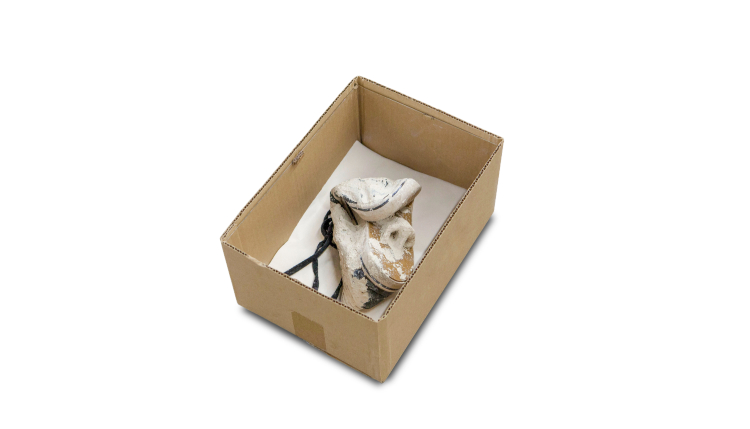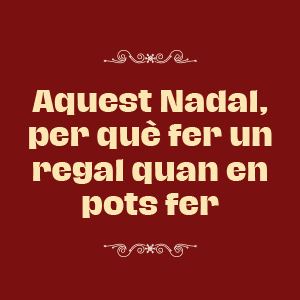Exhibitions
"Even in a language that is not your own", an exhibition by Ian Waelder at Es Baluard
La genealogia familiar i la memòria són el punt de partida d'aquesta mostra que es presenta a manera de discurs oral juntament amb paral·lelismes entre cos i màquina, l'orientació, la parla, els gestos que substitueixen les paraules

Es Baluard Museu d'Art Contemporani de Palma presents "even in a language that is not your own", an exhibition by Ian Waelder that can be visited until February 18, 2014.
The project, curated by Francesco Giaveri, begins with research into the artist's family genealogy, recent history and the parallels between body and machine. This line of work begins when Waelder moves to Frankfurt in 2017, when he realizes that he is the first member of his family to settle back in Germany since his godfather fled to Chile in 1939.
After six years, the artist now returns to Mallorca to present the individual exhibition at Es Baluard Museu, with which he deepens this line of research and which, in a way, concludes in this project taking on the form of an exhibition which brings everything together, while pointing towards new possible derivations.
The exhibition is constructed in the form of a labyrinth, a blank map, a personal box or even an oral cavity. Through a physical structure that guides the route, a series of corridors, rooms and sub-rooms are created where the public encounters different situations and becomes aware of their own body, while discovering a series of interventions, images and sculptures, which do not want to be articulated in a logical or discursive sequence. The exhibition is conceived as a whole in which you need to orientate yourself. The elements that the artist has arranged in the space appeal to the viewer in a somewhat strange way, to move us towards a shared experience exploring the exhibition space.
In this way, the artist creates an environment, an architecture that dialogues with and invades that of the museum, housing his sculptural footnotes; footnotes to this main text, like symptomatic sculptures, tiny works scattered along the route. The materials that Waelder uses, from the cardboard of the sculpture that surrounds the project to the ceramics of the small footnotes that we discover along the way, respond to the main engine of the artist's research.
As Carina Bukuts, curator of the Kunsthalle Portikus in Frankfurt, points out in her text in the manual publication of this exhibition: “Waelder's choice of materials is a reflection on the construction of memory. With the use of ordinary materials such as plaster, glue, papier-mâché, some sports shoes and pieces of cardboard, his sculptural work gives form to what has not been archived, photographed, recorded or written".
Francesco Giaveri, curator of the exhibition, explains that "the artist has modified the space to establish an itinerary in which we find, sometimes unexpectedly, images and volumes that function as indexes, full of references to both his biography and that of his family as what surrounds us and contemporary culture. Pursuing a whistled melody, we encounter a fundamental structure that unfolds like a maze, a blank map, or rather, a sketch with incomplete directions drawn from memory. As if we were displaced within the language or language of another and that we suddenly begin to understand". "The fiction in this project uses the route as a kind of script.
Successively, this narrative structure is 'sprinkled' with small accents or marks that are symptoms or indications that may or may not take you to another place. I think that attention and getting lost are sensations and actions much sought after in this exhibition", adds the curator. Ian Waelder, artist, comments that “with this exhibition I wanted to take on the challenge of being able to lose myself. Generate a route that embraces different layers and suggestions in relation to the memory. Every corner functions as a part of this language, this voice that we may not know, but it is familiar. And it challenges you to look down another alley.
It's a path full of clues that have no reason to lead you anywhere, but they force you to continue and generate different puzzles with what you come across". "I tend to understand the exhibition space as the page of a book. I always see parallels between writing and sculpture. In relation to the balances, the rhythm, the spaces. It seems necessary to escape from a too direct reading, from an obvious meaning. Consider gestures such as writing without accents or punctuation, with your eyes closed or while climbing a flight of stairs. The presence of the route in this exhibition is conceived as a sculpture, which is only activated in the presence of those who visit the exhibition", explains the artist.








